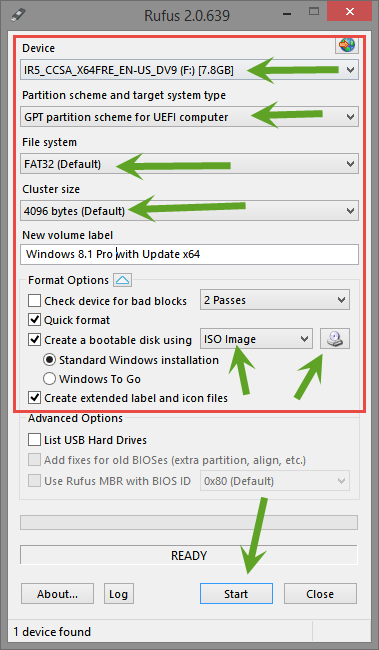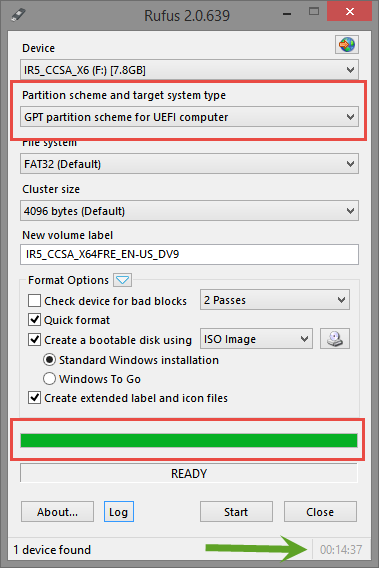Does anyone here run there system using UEFI instead of BIOS mode? I have a choice on my new Laptop but that would mean doing a clean reinstall of the OS Win 8.1 Pro in UEFI mode. I have read many articles but would like to hear from the Community Members!
http://www.pcpro.co.uk/features/381565/uefi-bios-explained
https://answers.microsoft.com/en-us/windows/forum/windows_7-security/uefi-secure-boot-in-windows-81/65d74e19-9572-4a91-85aa-57fa783f0759
https://technet.microsoft.com/en-au/library/dn747883.aspx
https://technet.microsoft.com/en-au/library/hh824987.aspx
https://technet.microsoft.com/en-us/library/hh824898.aspx
Thanks,
Daniel 😃
Login to the community
No account yet? Create an account
Enter your E-mail address. We'll send you an e-mail with instructions to reset your password.






